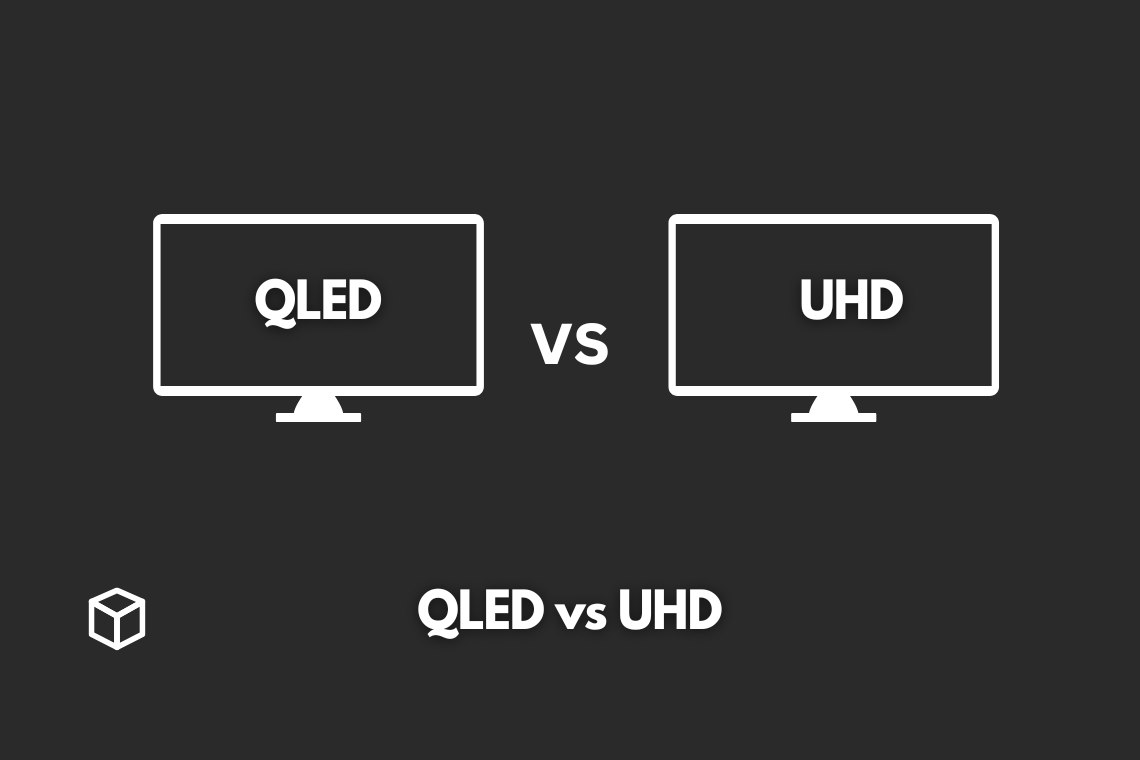When it comes to buying a new TV, there are many options to choose from.
Two of the most popular technologies on the market today are QLED and UHD.
In this article, we will be comparing these two technologies and discussing their pros and cons, to help you make an informed decision when purchasing your next TV.
Definition of QLED and UHD
QLED stands for Quantum Dot LED, and it is a type of LED TV that uses quantum dots to enhance the color and brightness of the display.
The quantum dots used in QLED TVs are tiny semiconductor particles that emit different colors of light when excited by an LED backlight.
This allows QLED TVs to produce a wider range of colors and more accurate color reproduction than traditional LED TVs.
UHD stands for Ultra High Definition, and it is a type of TV that has a resolution of 3840×2160 pixels, which is four times higher than a Full HD TV. UHD TVs have more pixels per inch, which means that they can display more detailed and sharper images.
When it comes to the basic technology and features of the two technologies, QLED TVs have better color reproduction and brightness than UHD TVs.
However, UHD TVs have a higher resolution and more pixels per inch, which results in sharper and more detailed images.
Picture Quality
When it comes to picture quality, QLED TVs and UHD TVs both have their own advantages and disadvantages.
QLED TVs have a wider color gamut and more accurate color reproduction than UHD TVs.
This means that they can display more vibrant and lifelike colors, making them ideal for watching movies and playing video games.
QLED TVs also have a higher peak brightness than UHD TVs, which makes them more suitable for rooms with lots of natural light.
On the other hand, UHD TVs have a higher resolution and more pixels per inch than QLED TVs.
This means that they can display sharper and more detailed images, making them ideal for watching sports and other fast-moving content.
UHD TVs also have a wider viewing angle than QLED TVs, which means that the picture quality remains consistent even when viewed from the side.
Price
When it comes to price, QLED TVs tend to be more expensive than UHD TVs.
This is because the technology used in QLED TVs is more advanced and requires more expensive materials.
However, the price difference between QLED and UHD TVs can vary depending on the brand, size, and features of the TV.
When considering whether the price difference is worth it, it is important to consider your own needs and preferences.
If you value color accuracy and brightness over resolution and pixels per inch, then a QLED TV may be worth the extra cost.
On the other hand, if you value resolution and pixels per inch over color accuracy and brightness, then an UHD TV may be the better choice for you.
Durability
When it comes to durability, QLED and UHD TVs are both built to last.
Both technologies use high-quality materials and are designed to withstand the wear and tear of regular use.
However, there are some potential issues that may arise over time with both technologies.
For example, QLED TVs may suffer from burn-in, which is when a static image is displayed for a long period of time and leaves a permanent ghost image on the screen.
UHD TVs, on the other hand, may experience image retention, which is a temporary ghost image that disappears after a few minutes.
Conclusion
In conclusion, QLED and UHD are both great technologies that have their own advantages and disadvantages.
I hope this article has helped you in choosing which to go for.




